
Roots
Consider for a moment the very strands that spring from the scalp, each a tender helix, a living archive. For those of us whose crowns bear the intricate patterns of curl, coil, and wave, these strands are more than mere protein filaments; they are conduits of memory, vessels of ancestral wisdom. The inquiry, then, of whether traditional botanical ingredients can inform modern textured hair regimens today, unfolds as a gentle invitation to journey back.
We seek to rediscover the profound intelligence woven into practices and plants that have sustained and adorned our hair for generations. It is a contemplative exploration, a quiet listening to the echoes from the source, from the earth, and from the hands of our forebears who understood intuitively the language of growth and resilience.
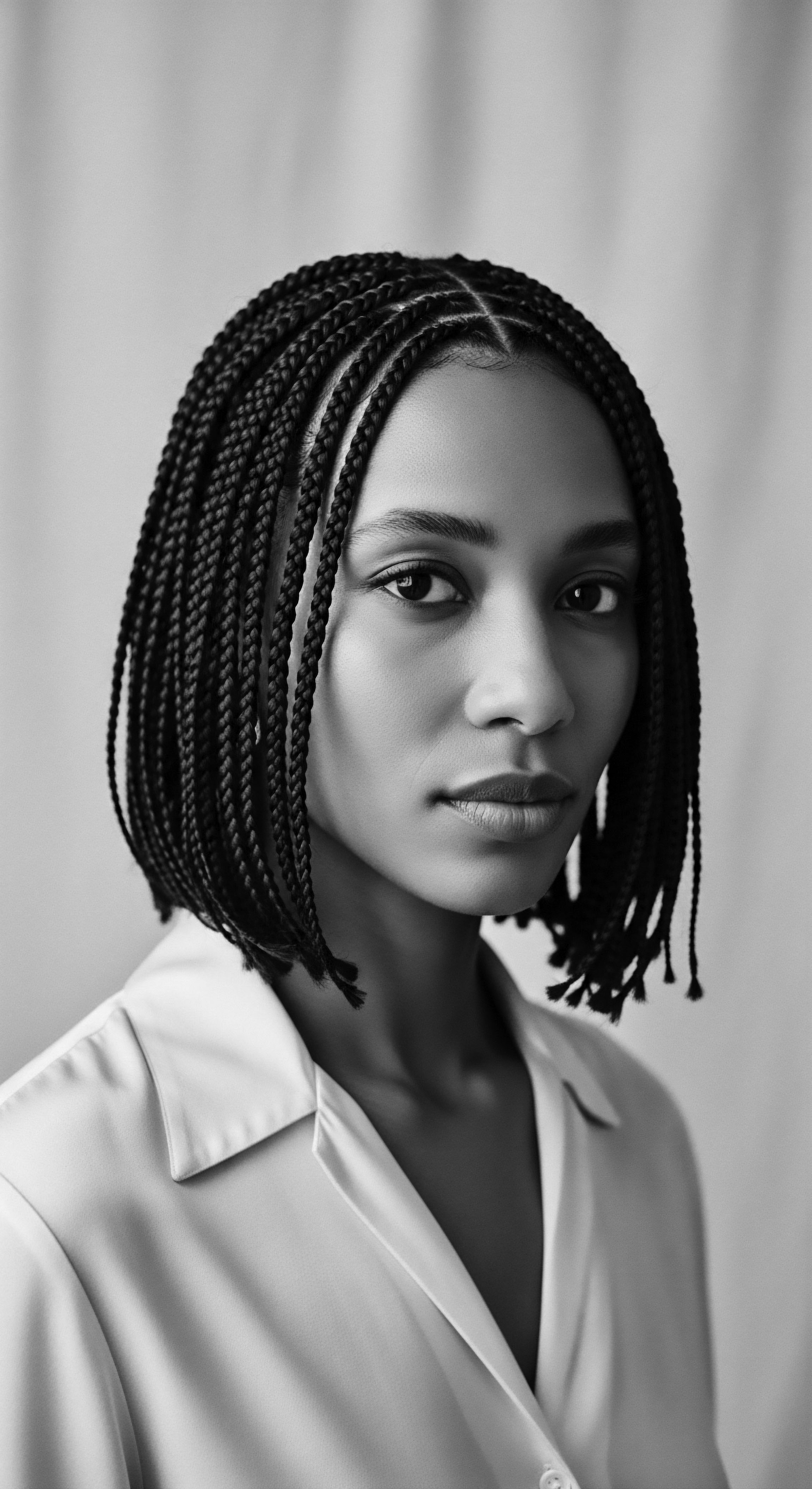
The Hair Codex Through Time
To truly understand how ancient botanicals speak to current hair care, we must first recognize the fundamental understanding of textured hair itself, a wisdom honed across centuries. The anatomy and physiology of Black and mixed-race hair, with its elliptical follicle shape and varied curl patterns, possess a distinct architecture. This architecture dictates unique needs for moisture retention, strength, and protection. Ancestral care practices were not simply random acts of adornment; they were sophisticated responses to these inherent structural truths, passed down through oral traditions and communal learning.
Long before microscopes revealed the cortical cells or electron beams mapped the cuticle scales, communities understood, through observation and inherited knowledge, the distinct qualities of their hair. They recognized porosity—how readily hair absorbed and retained moisture—and adapted their care. For example, some traditions involved using certain oils to “seal” moisture into the strand, a practice that modern science now attributes to the occlusive properties of lipids on the hair shaft. This intuitive understanding, deeply ingrained in cultural practice, formed the earliest classification systems, perhaps not in academic terms, but certainly in practical, familial lexicon.
- Shea Butter ❉ A staple across West Africa, its emollient properties have been utilized for millennia for skin and hair.
- Baobab Oil ❉ Extracted from the “Tree of Life,” it was prized for its conditioning qualities and ability to nourish dry strands.
- Chebe Powder ❉ Hailing from Chad, this blend of herbs has been traditionally applied to promote length retention.

Echoes from the Source Hair Anatomy and Ancestral Wisdom
The very foundation of textured hair care, from time immemorial, lies in a deep respect for its unique architecture. Unlike straight hair, the elliptical cross-section of a coiled strand means it twists more frequently, creating natural points of vulnerability where the cuticle layer may lift. This inherent structural characteristic makes textured hair more prone to dryness and breakage.
Our ancestors, lacking modern scientific instruments, observed these tendencies keenly. Their regimens, built around rich emollients and humectants from their immediate environment, aimed to counteract dryness and fortify the strands.
Consider the wisdom embedded in practices like hair oiling rituals in various African and diasporic communities. These were not simply about aesthetics. They were preventative measures against environmental stressors and daily wear. The oils—be they derived from palm, coconut, or shea—were massaged into the scalp to stimulate circulation and nourish the hair follicle, a practice now understood to support a healthy hair growth cycle.
The application to the lengths of the hair helped to smooth the cuticle, reducing friction and enhancing moisture retention, thus addressing the very biological predispositions of textured hair. This historical continuity speaks to a profound connection between observed hair behavior and the botanical solutions found in nature.
Ancient botanical practices reveal an intuitive understanding of textured hair’s unique architecture, fostering resilience and beauty across generations.

The Living Lexicon of Care
Language itself, in the context of textured hair care, carries the weight of heritage. Terms like “kinks,” “coils,” “waves,” “braids,” and “locs” are not merely descriptive; they are cultural markers, reflecting centuries of identity, resistance, and adornment. While contemporary systems like Andre Walker’s typing (1A to 4C) attempt a scientific categorization, the ancestral lexicon often transcended simple curl pattern. It spoke of hair’s spirit, its vitality, its connection to lineage.
For instance, in many West African cultures, hair styles, and by extension the ingredients used to maintain them, conveyed social status, marital status, age, and even tribal affiliation. The preparation of botanical hair treatments was often a communal ritual, with specific herbs known by their traditional names, their properties passed orally from elder to youth. This cultural context means that when we speak of, say, using Rice Water, we are not simply discussing a protein treatment; we are touching upon a practice with roots in Asian traditions, celebrated for centuries. The essential lexicon of textured hair is therefore not just about scientific classification; it is a repository of cultural meaning and historical significance.
| Traditional Botanical (Region) Shea Butter (West Africa) |
| Ancestral Use for Hair Deep moisturizer, scalp health, breakage prevention. |
| Modern Scientific Understanding Rich in fatty acids (oleic, stearic), vitamins A and E; forms occlusive barrier, anti-inflammatory. |
| Traditional Botanical (Region) Aloe Vera (Global, particularly Africa/Caribbean) |
| Ancestral Use for Hair Soothing scalp, conditioning hair, promoting growth. |
| Modern Scientific Understanding Contains enzymes, minerals, vitamins; humectant, anti-inflammatory, promotes cell regeneration. |
| Traditional Botanical (Region) Hibiscus (Asia, Africa, Caribbean) |
| Ancestral Use for Hair Hair strengthening, anti-dandruff, conditioning. |
| Modern Scientific Understanding Rich in amino acids, vitamin C, antioxidants; helps prevent hair fall, adds luster. |
| Traditional Botanical (Region) Chebe Powder (Chad, Central Africa) |
| Ancestral Use for Hair Length retention, strengthening hair strands. |
| Modern Scientific Understanding Blend of Croton gratissimus, Mahlab, Misic, Clove; believed to seal moisture, reduce breakage by coating hair. |
| Traditional Botanical (Region) These ancestral ingredients offer potent insights into holistic hair care, validated by contemporary scientific analysis. |

Ritual
The transition from understanding the fundamental biology of textured hair to embracing its ritualistic care bridges the elemental with the experiential. Hair styling, particularly within Black and mixed-race communities, has always transcended mere aesthetics. It has served as a powerful medium for communication, a marker of identity, and a profound act of self-care rooted deeply in heritage.
The question of whether traditional botanical ingredients can inform modern regimens here extends to the very techniques, tools, and transformations that define textured hair artistry. Ancient practices often intertwined the application of botanical preparations with specific styling methods, creating a symbiotic relationship that honored the hair’s nature.
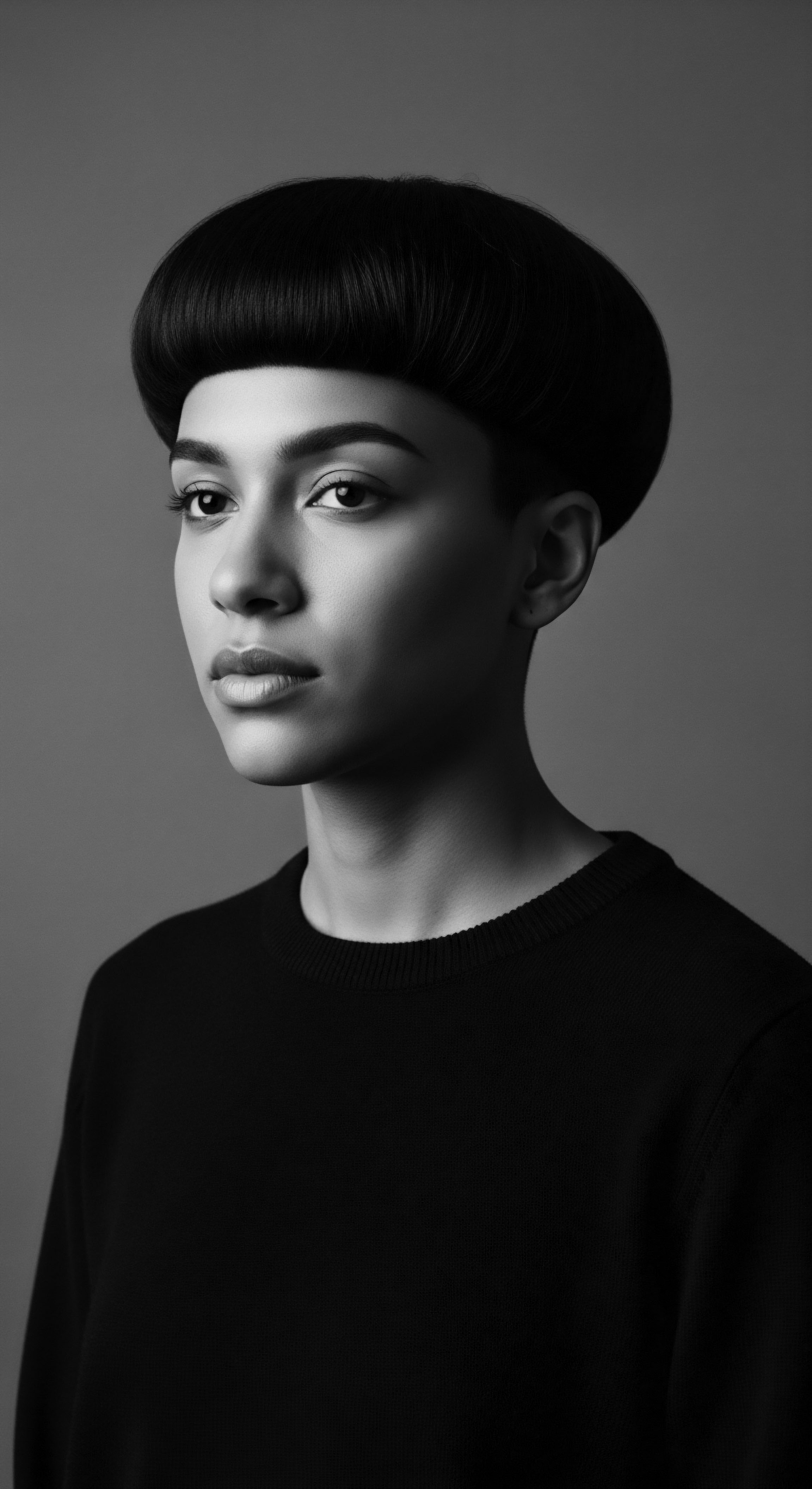
Styling as an Act of Ancestral Remembrance
Protective styling, for instance, a cornerstone of textured hair care today, possesses a lineage as old as the communities that birthed it. Braids, twists, and locs, far from being recent innovations, are echoes of ancient African civilizations where such styles communicated elaborate social codes, spiritual beliefs, and communal identity. The ingredients used in preparing hair for these styles—oils, butters, and herb-infused waters—were not chosen arbitrarily. They were selected for their ability to condition the hair, provide slip for easier manipulation, and contribute to the style’s longevity.
Think of the painstaking process of preparing hair for elaborate coiffures in ancient Egyptian or West African kingdoms. Palm oil, rich with nutrients, or the fragrant oils infused with botanicals like frankincense and myrrh, were massaged into the hair and scalp before braiding. These applications served a dual purpose ❉ they nourished the hair, mitigating breakage from manipulation, and simultaneously imbued the hair with a protective sheen that was both beautiful and functional. This connection between the botanical and the technique is a powerful example of how heritage informs our present.
Traditional styling practices are living narratives, their intricate techniques and botanical companions forming a timeless heritage of textured hair care.

What Historical Styling Tools Speak to Modern Regimens?
The tools of ancestral hair artistry, though seemingly simple, often worked in concert with botanical preparations. Combs crafted from wood or bone, for example, were not merely detangling instruments; they were sometimes used to distribute oils or herbal pastes evenly through the hair, working the product from root to tip. In some traditions, specific gourds or carved vessels were used to mix and store botanical concoctions, symbolizing the reverence for the natural elements used in hair care.
The use of heat, too, has a historical precedent, though applied with different intentions and far less intensity than modern thermal reconditioning. In some cultures, hair was dried near a gentle fire or under the sun after washing with herbal rinses, with specific oils applied beforehand to shield the strands. This early, gentle application of warmth might have helped botanical ingredients penetrate the hair shaft, akin to how some modern deep conditioning treatments utilize gentle heat for enhanced absorption. Understanding these historical nuances allows us to approach modern tools and techniques with a heritage-informed perspective, seeking balance and true hair health.

The Ancient Art of Detangling and Conditioning
Detangling, a process so crucial for textured hair, finds its roots in ancient practices that prioritized gentleness and botanical assistance. Historically, before any significant styling or manipulation, hair would often be softened with specific plant-derived ingredients. For instance, the sap of certain plants, or the mucilage from herbs like Marshmallow Root or Slippery Elm, would be used as a pre-treatment. These ingredients, rich in polysaccharides, create a natural ‘slip’ that allows tangles to be teased out with minimal force, preserving the integrity of the delicate hair strands.
This methodical approach, which prioritizes softening and protecting the hair before detangling, stands in stark contrast to harsh, dry detangling methods that can lead to significant breakage. Modern textured hair regimens can, and should, draw directly from this ancestral wisdom by incorporating botanical leave-ins or pre-shampoo treatments that provide ample slip. The principle remains the same ❉ preparation with natural emollients and lubricants is key to preserving hair health during manipulation.

Relay
The dialogue between traditional botanical ingredients and modern textured hair regimens constitutes a relay race across centuries, where the baton of ancestral wisdom is passed to contemporary hands. This is where the profound depth of heritage meets the precision of scientific inquiry, allowing us to understand the ‘why’ behind practices long held sacred. This section delves into the intricate mechanisms by which ancient botanical knowledge continues to shape and redefine holistic hair care, problem-solving, and protective rituals, especially those performed under the veil of night. It is a testament to the enduring efficacy of ingredients cultivated through generations, now amplified by current understanding.
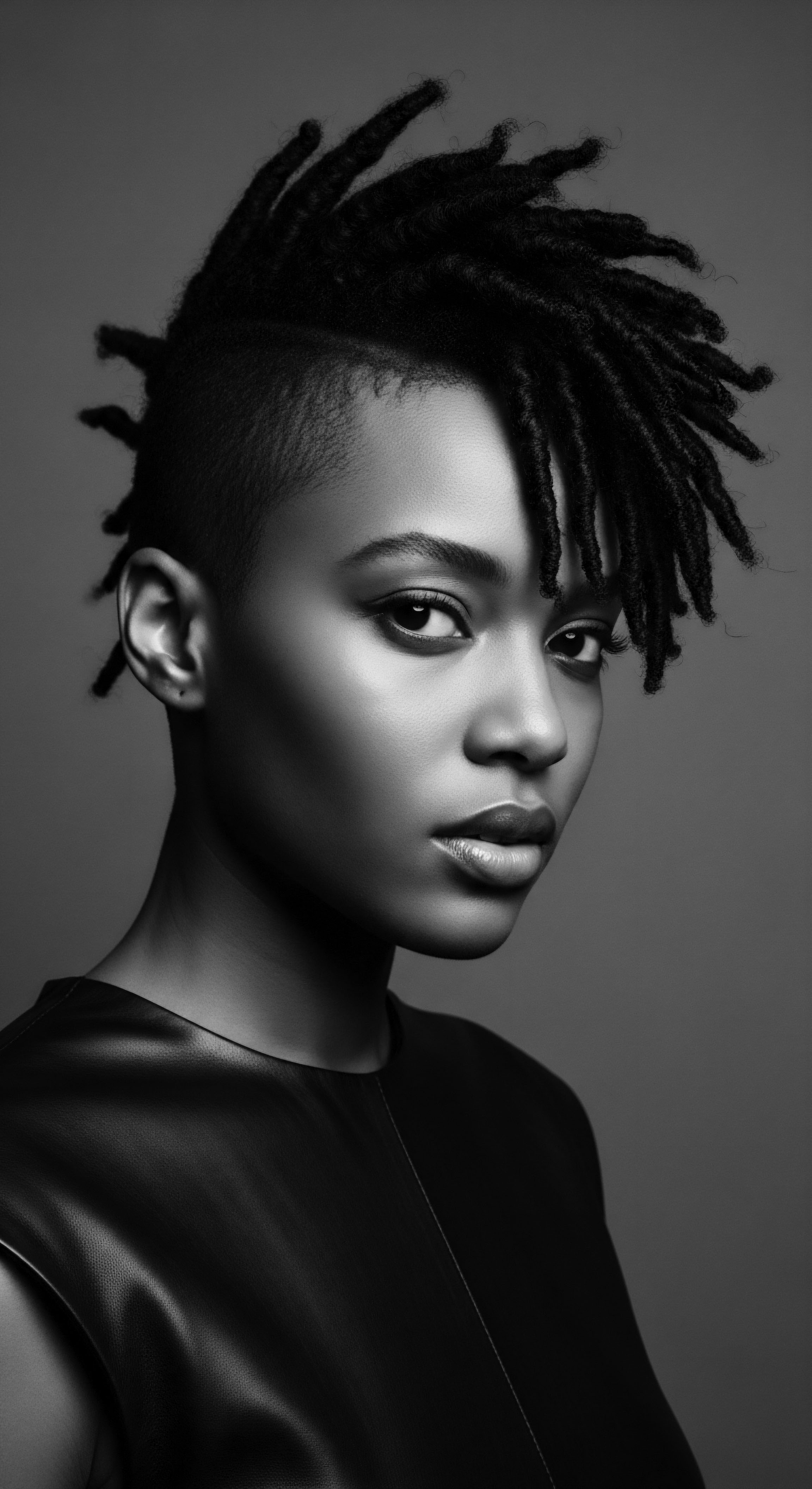
How Do Ancestral Wellness Philosophies Inform Modern Hair Health?
At the very core of ancestral hair care lies a holistic understanding of well-being, where hair health is inextricably linked to the vitality of the entire body and spirit. This contrasts with a sometimes fragmented modern approach that treats hair as an isolated entity. Traditional healers and practitioners recognized the interplay of diet, stress, environment, and internal balance on hair’s condition. Ingredients like Amla in Ayurvedic traditions, or nutrient-rich herbs for internal consumption, were often prescribed alongside topical applications.
For example, in traditional African medicinal systems, certain foods and herbs were consumed to support overall health, with the understanding that a healthy body provided the foundation for vibrant hair and skin. A compelling study by S. L. G.
Ngoma (2019) on ethnobotanical practices in Southern Africa highlights the use of various indigenous plants, not just for external application, but for their nutritional value to promote healthy hair growth and prevent issues like premature graying, linking dietary intake directly to hair vitality. This integrated perspective, treating hair health as a reflection of internal harmony, deeply informs modern holistic regimens that advocate for balanced nutrition and stress management alongside topical care. It is a powerful conceptual relay, urging us to look beyond the surface.
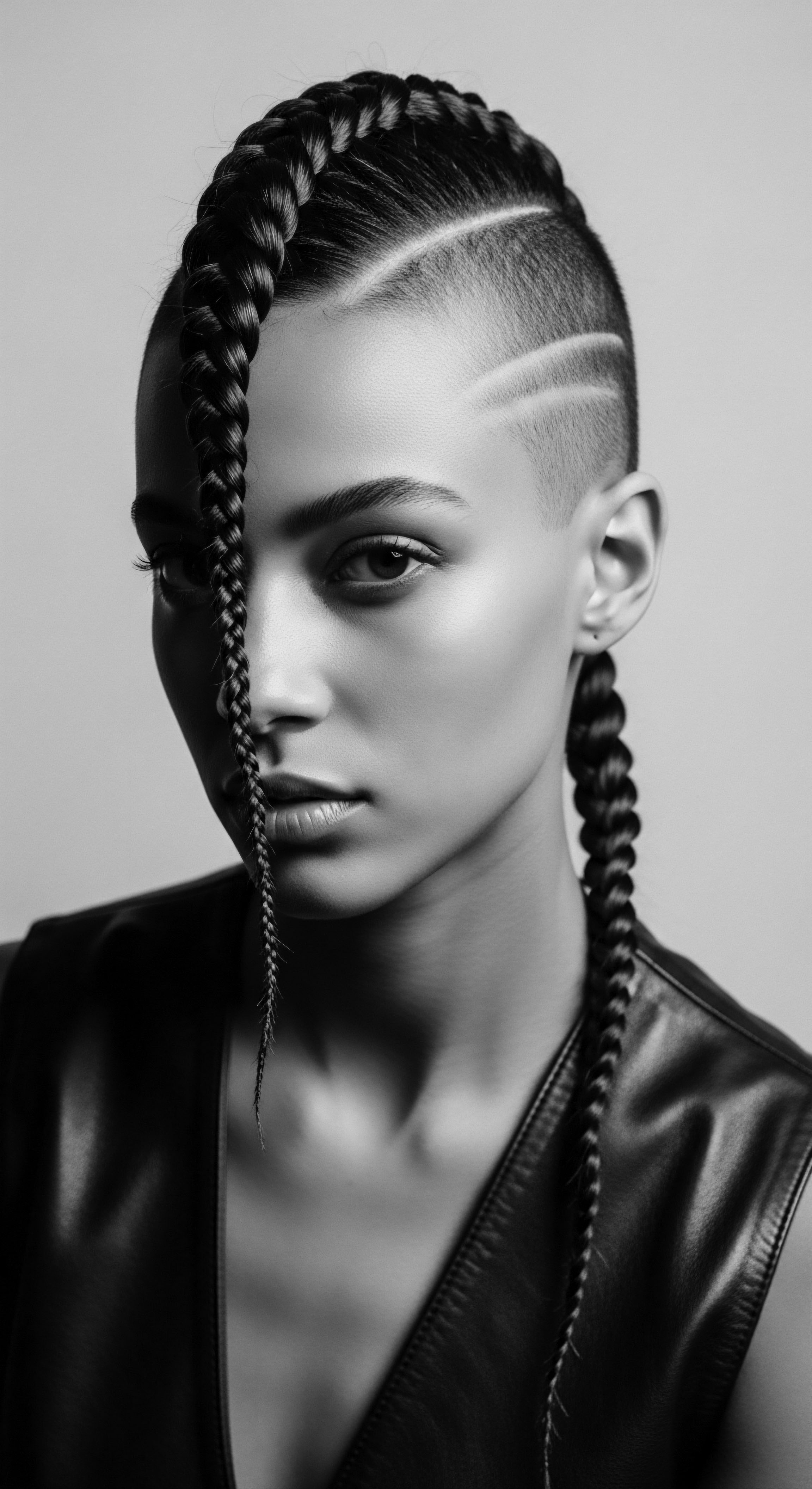
The Nighttime Sanctuary and Bonnet Wisdom
The practice of protecting hair at night, now a ubiquitous part of modern textured hair regimens, has a rich historical lineage. The simple bonnet or headwrap, often made of silk or satin today, is a direct descendant of the head coverings worn by African women across the diaspora for centuries. These coverings were not solely for modesty or adornment; they were crucial for preserving intricate hairstyles and, crucially, for protecting the hair from friction against rough sleeping surfaces, which could lead to breakage and dryness.
The wisdom embedded in this seemingly simple act is profound ❉ minimizing friction helps to maintain the delicate cuticle layer of textured hair, preventing moisture loss and preserving the integrity of the curl pattern. Before donning their wraps, women might have applied nourishing oils or butters—think of the ancestral practice of oiling the hair before bed with Castor Oil or Coconut Oil. These botanicals, applied as a nighttime ritual, provided a lipid barrier, working in tandem with the protective covering to lock in moisture. This combination, a testament to inherited ingenuity, directly informs our modern understanding of how to maintain hair health and definition overnight.

Botanical Solutions for Hair Challenges
Ancestral wisdom offers a vast compendium for problem-solving common textured hair issues. Consider scalp health ❉ imbalances leading to dryness, itchiness, or even hair loss were often addressed with specific herbal infusions and poultices. For example, Neem, revered in Indian traditions, was used for its anti-fungal and anti-inflammatory properties to soothe irritated scalps. Similarly, African communities utilized plants like Moringa for its purported ability to stimulate growth and cleanse the scalp.
These traditional applications are now increasingly validated by scientific research, allowing us to understand the active compounds responsible for their efficacy. The essential oils derived from some of these plants, like tea tree or rosemary, are now common ingredients in modern shampoos and scalp treatments, employed for the very same reasons our ancestors utilized the whole plant. The relay continues ❉ from whole plant remedies, passed down through oral history, to isolated compounds and standardized extracts in contemporary formulations. The challenge lies in respecting the holistic wisdom of the original practice while integrating the benefits of modern science.
- Scalp Wellness ❉ Traditional remedies often focused on ingredients with antimicrobial and soothing properties, such as Fenugreek for stimulating follicles.
- Strength and Elasticity ❉ Botanical mucilage and protein-rich plants, like Flaxseed or Aloe Vera, were used to improve hair’s flexibility and reduce brittleness.
- Moisture Retention ❉ Heavy butters and oils, like Kokum Butter or Tucuma Butter, were applied to create a protective seal against moisture loss in dry environments.
The ancestral practices of care and problem-solving, far from being relics of the past, serve as an indispensable blueprint for modern textured hair regimens. They remind us that the earth offers profound solutions, and that the careful stewardship of these resources, combined with an understanding of our unique hair heritage, holds the key to true radiance.

Reflection
The inquiry into whether traditional botanical ingredients can inform modern textured hair regimens today reveals a profound truth ❉ the wisdom of our ancestors, etched into the very fabric of our hair heritage, remains a living, breathing guide. Our textured strands are not merely biological marvels; they are carriers of stories, resilience, and a deep connection to the earth that sustained generations before us. The journey from the elemental understanding of hair’s unique structure, through the ritualistic practices of care, to the ongoing relay of knowledge across time, confirms that the ‘Soul of a Strand’ is, indeed, deeply intertwined with the botanicals that nourished it.
As we navigate the complexities of contemporary life, the gentle echoes of traditional botanical remedies invite us to pause, to listen, and to honor the ancestral practices that predate scientific validation. They offer not just solutions for hair health, but a pathway to cultural continuity, a celebration of identity, and a renewed reverence for the Earth’s enduring generosity. The future of textured hair care, then, is not solely about innovation, but about a meaningful return—a return to the roots that ground us, the rituals that sustain us, and the relay of wisdom that ensures our heritage continues to shine.
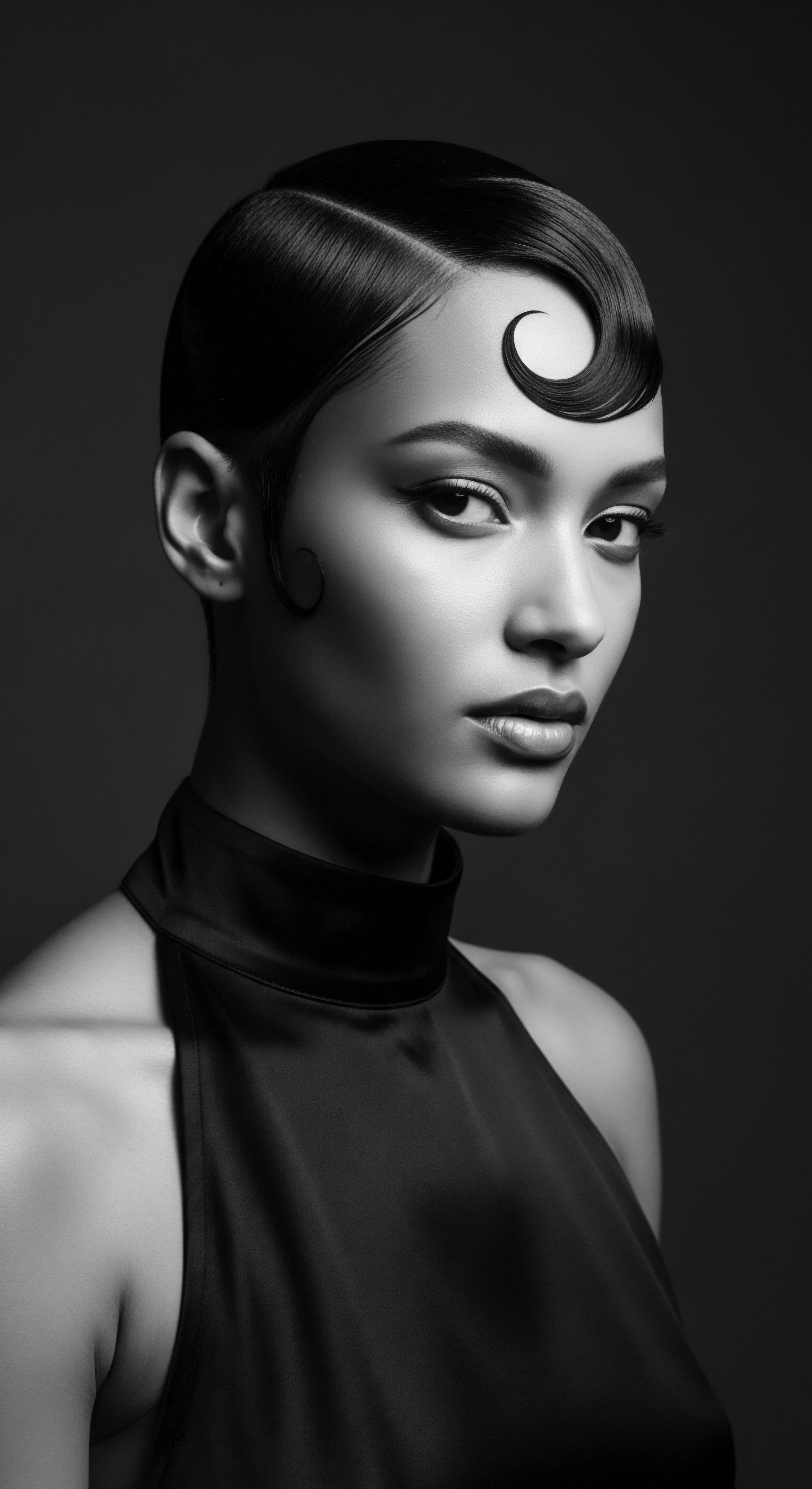
References
- Ngoma, S. L. G. (2019). Ethnobotanical Study of Medicinal Plants Used for Hair Care in Selected Communities of Southern Africa. Journal of Ethnopharmacology, 237, 107-118.
- Burford, L. (2010). Hair Story ❉ Untangling the Roots of Black Hair in America. St. Martin’s Griffin.
- Walker, T. (2016). The Science of Black Hair ❉ A Comprehensive Guide to Textured Hair Care. The Science of Hair, LLC.
- Adeyemi, S. (2007). Traditional African Hair Practices and Their Contribution to Hair Health. International Journal of Dermatology, 46(Suppl 1), 6-9.
- Dreal, R. (2013). Textured Hair ❉ A Chemical and Physical Approach. Cosmetics & Toiletries, 128(9), 652-658.
- Musa, H. (2015). Ethnobotanical Survey of Medicinal Plants Used for Dermatological Ailments in Nigeria. Journal of Medicinal Plants Research, 9(12), 438-445.
